The world of dogs is as diverse as it is vast, encompassing a wide range of breeds, each with unique characteristics and histories. While some breeds are household names due to their popularity and widespread presence, others are treasures hidden to the general public, known only to enthusiasts and experts. These rare dog breeds often come from isolated geographic locations or have been bred for very specific purposes, leading to smaller populations compared to mainstream breeds. Some are on the brink of extinction or are trying to recover from a critically low population. This article explores twelve of the rarest dog breeds around the globe, delving into their origins, characteristics, and the reasons behind their rarity.
1. Azawakh
The Azawakh is a sighthound from West Africa, primarily found in Mali, Niger, and Burkina Faso. This breed is known for its elegant build and unique appearance, characterized by a slender body and long legs, which allow it to excel in speed and agility. Azawakhs are relatively new to the Western world and remain quite rare outside their native countries. They were traditionally used for hunting gazelles and other fast prey across the harsh Sahel zone. Their rarity in global terms is compounded by their deep cultural significance to their native tribes, which often restricts their export to preserve the breed’s purity and heritage.
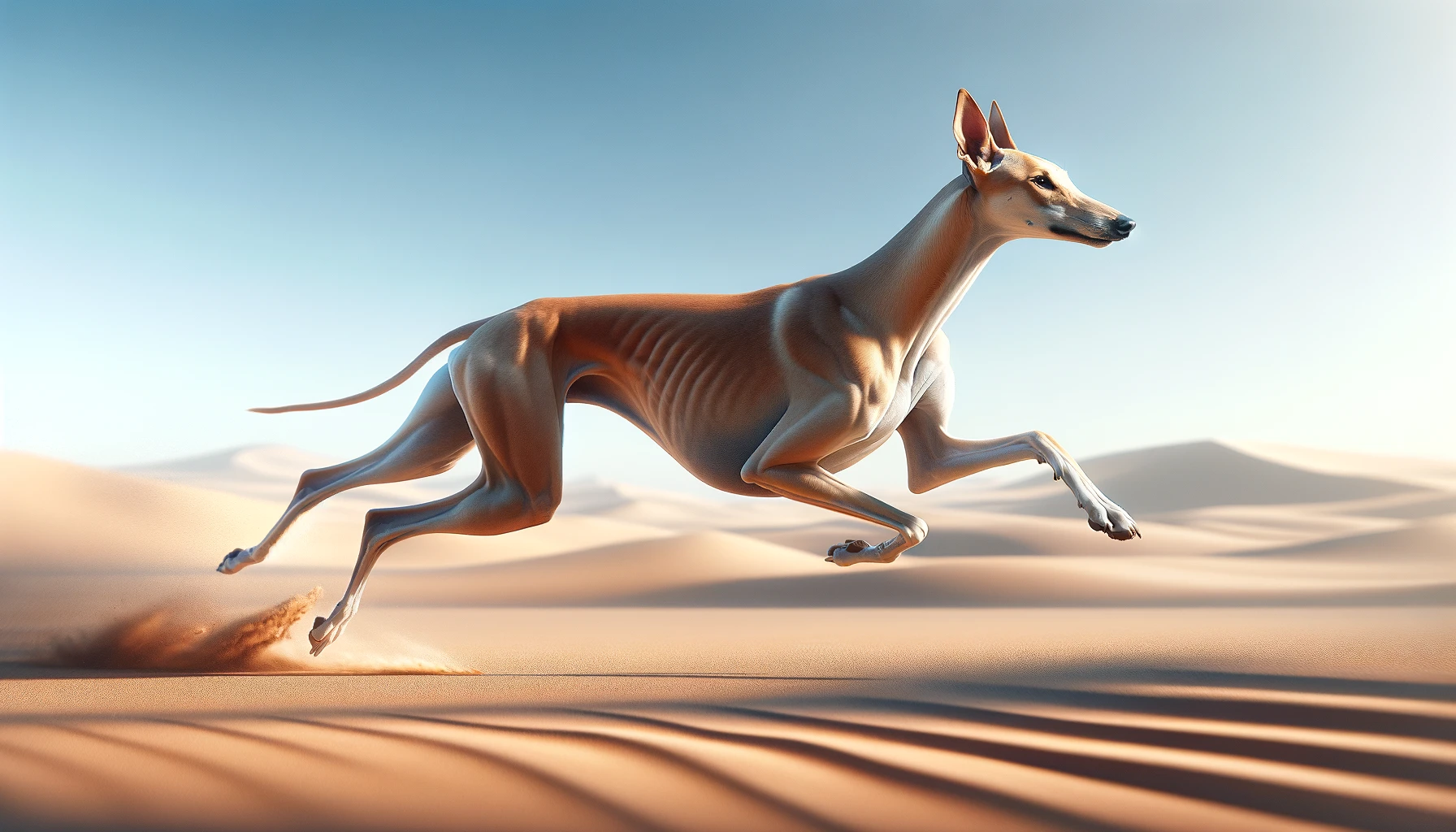
2. Catalburun
The Catalburun is one of the rarest dog breeds in the world, partly because it is one of the few breeds to have a split nose. They are native to Turkey, where they are bred for hunting, specifically noted for their tracking ability. The split nose is believed to give them a superior sense of smell. Catalburuns are rarely seen outside of Turkey, and even within Turkey, they are confined to very specific regions. This geographical isolation helps maintain the rarity of the breed.
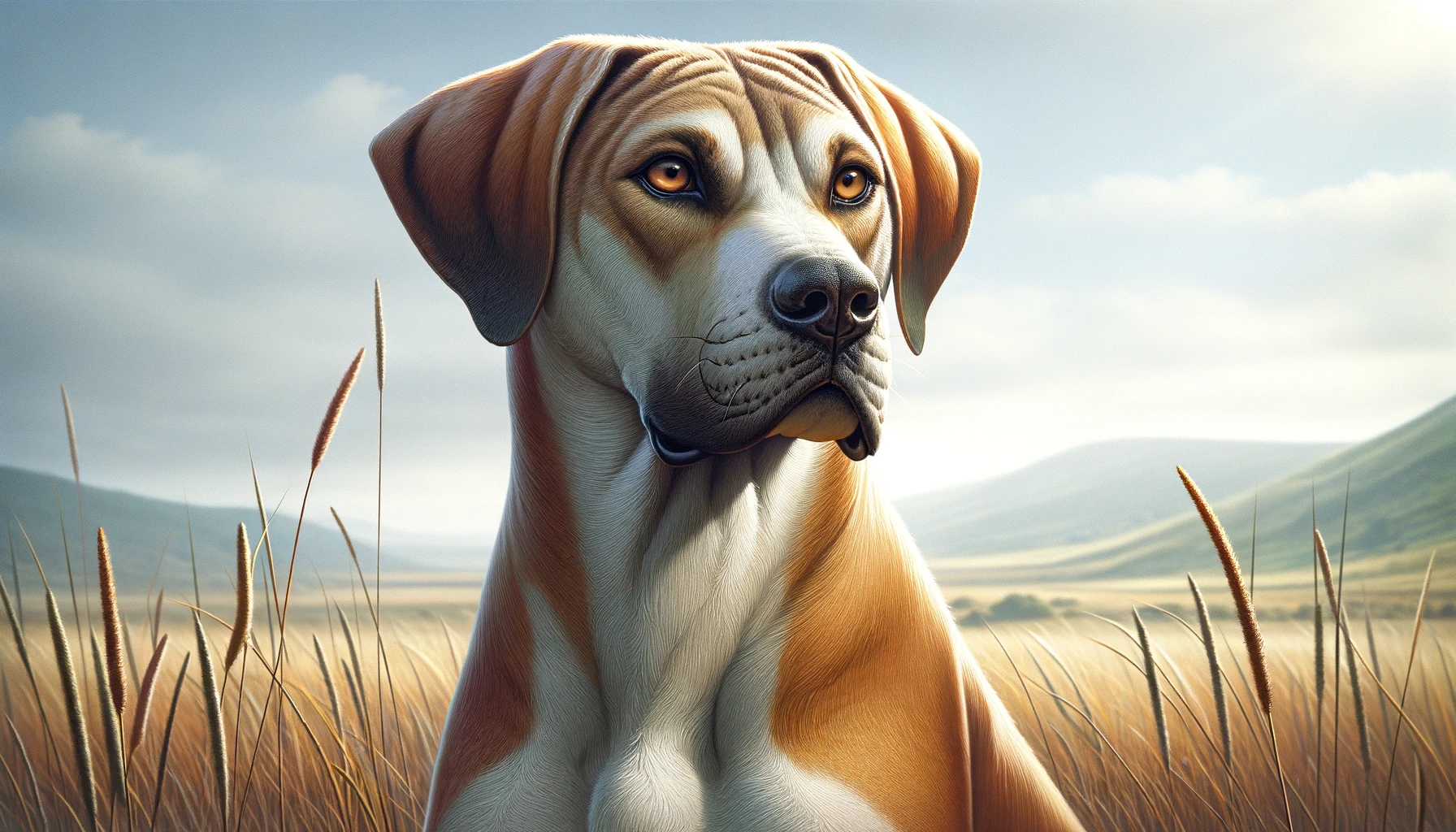
3. New Guinea Singing Dog
The New Guinea Singing Dog is named for its unique and melodious howl, which resembles a chorus of singers. Originally found in the wilds of New Guinea, these dogs are thought to be among the oldest and rarest breeds in the world. They were not even known to science until the mid-20th century. The breed’s rarity is due to both its isolated natural habitat and the difficulties in breeding them in captivity. They remain one of the most primitive and unaltered dog breeds, closely related to wild dogs.
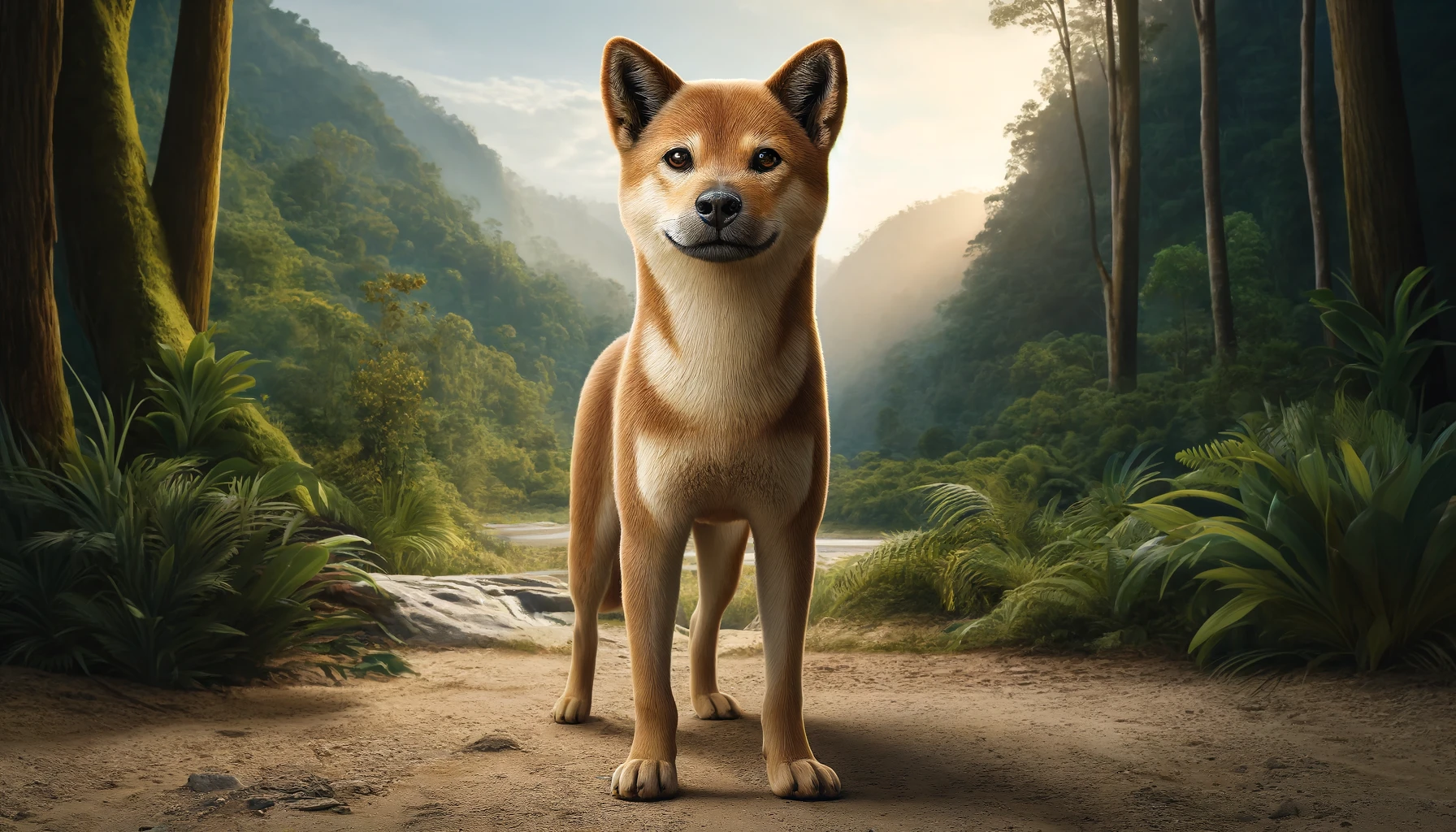
4. Norwegian Lundehund
The Norwegian Lundehund, also known as the Puffin Dog, is bred for the unique purpose of hunting puffins and their eggs on steep cliff faces. This breed is notable for its extraordinary physical traits, such as having six toes on each foot and extremely flexible joints that help it maneuver in narrow crevices. Despite its fascinating capabilities, the Norwegian Lundehund remains rare due to its historical geographic isolation and very specialized breeding.
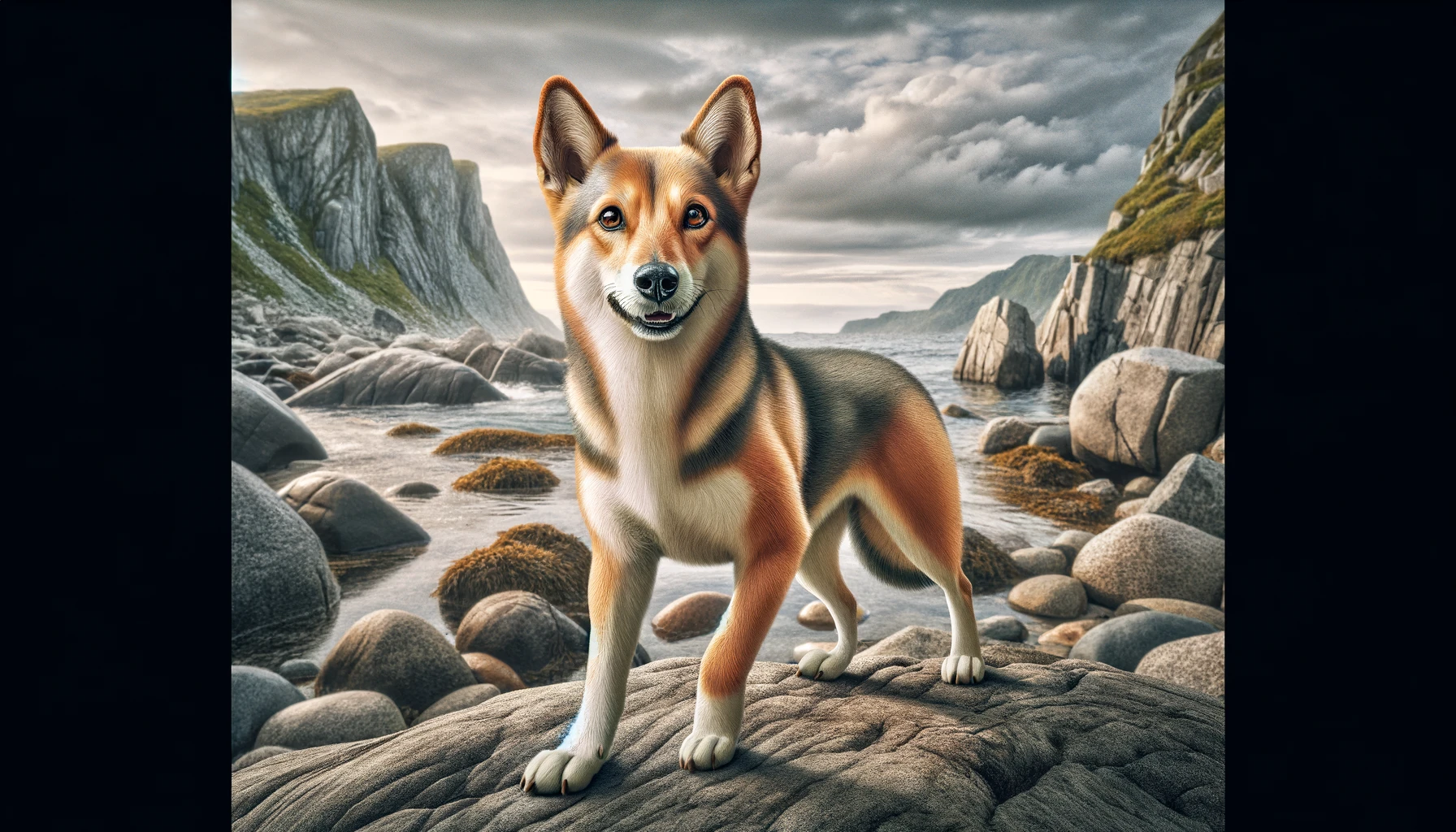
5. Otterhound
The Otterhound is an old British dog breed known for its ability to hunt otters. What makes Otterhounds particularly rare is the decline in their usefulness and numbers after the hunting of otters became illegal in Britain. With their shaggy coat and robust build, they are excellent swimmers but have not found widespread popularity outside their traditional role, leading to very low numbers even in their home country.
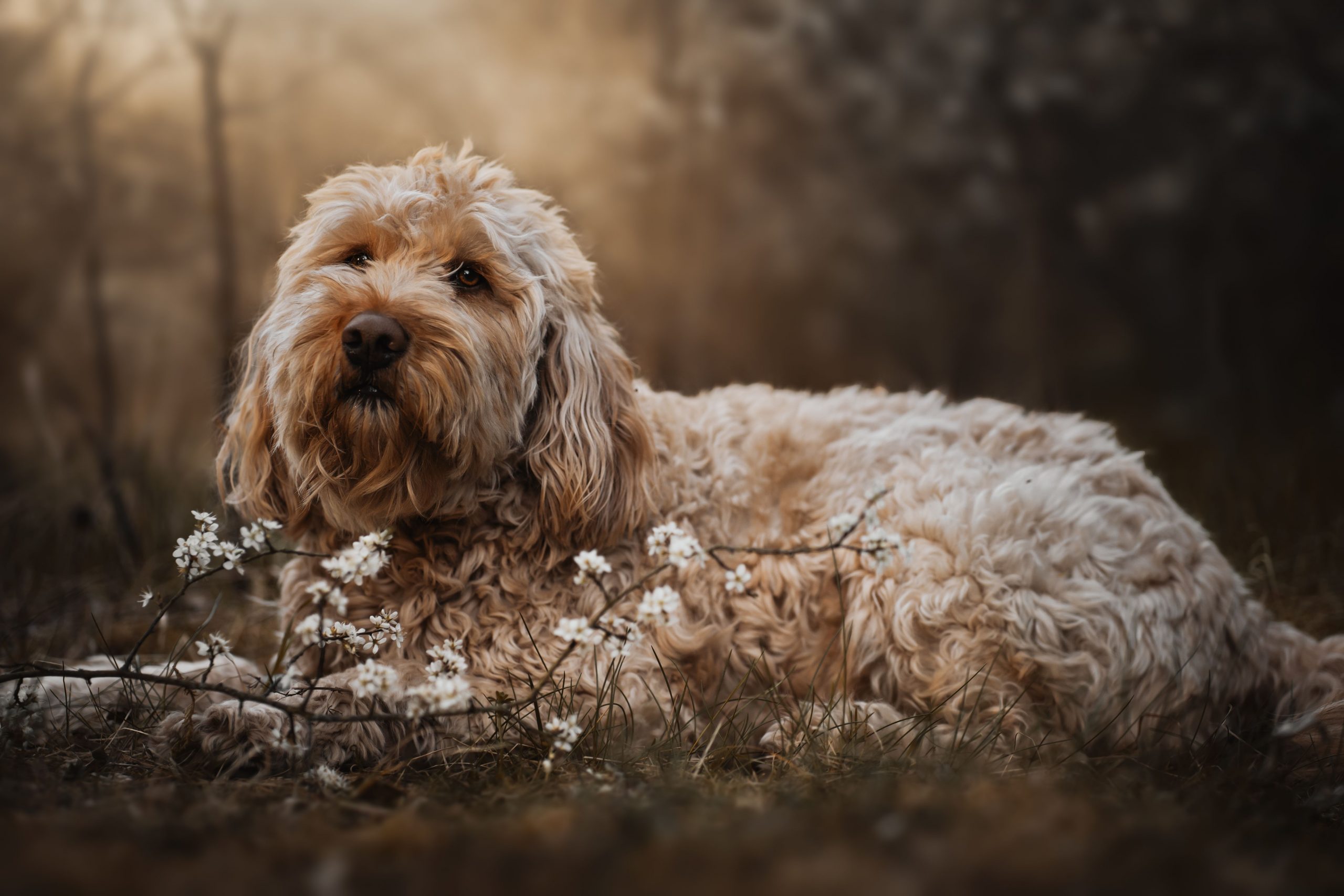
6. Saluki
Salukis are perhaps one of the oldest known breeds of domesticated dogs, originally bred in the Fertile Crescent. Despite their ancient lineage and their esteem among Middle Eastern nobility, they are quite rare outside these regions. Their rarity in the Western world is due to their specific needs and the relatively recent introduction to these markets. Salukis are known for their incredible speed and endurance, traits that made them prized hunting dogs for nobles.

7. Peruvian Inca Orchid
The Peruvian Inca Orchid is an ancient hairless breed known to have been kept during the Inca Empire. Their hairlessness makes them quite distinctive, along with their skin that can be spotted in a variety of colors. They are considered a national treasure in Peru, which restricts their export, thus maintaining their rarity abroad. Despite their noble status in history, they are often bred and maintained only by dedicated enthusiasts.
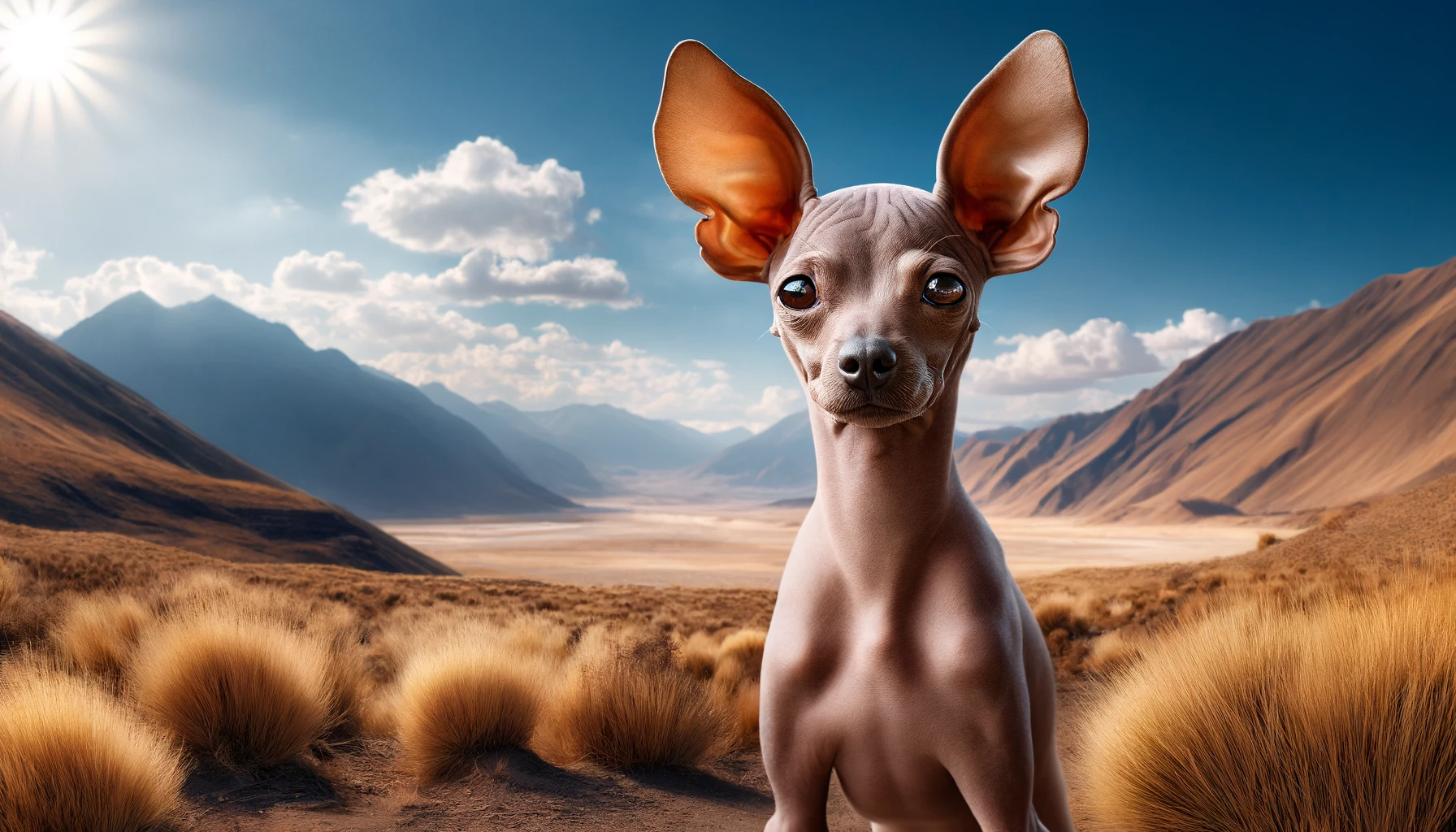
8. Tibetan Mastiff
The Tibetan Mastiff is known for its impressive size and protective nature, originally bred by nomadic cultures of Tibet, China, Nepal, and India to protect sheep from predators like wolves and leopards. While they have become more popular in recent years due to their status symbol in China, they remain rare in the West due to their high maintenance and the need for a controlled breeding environment to maintain health and temperament standards.
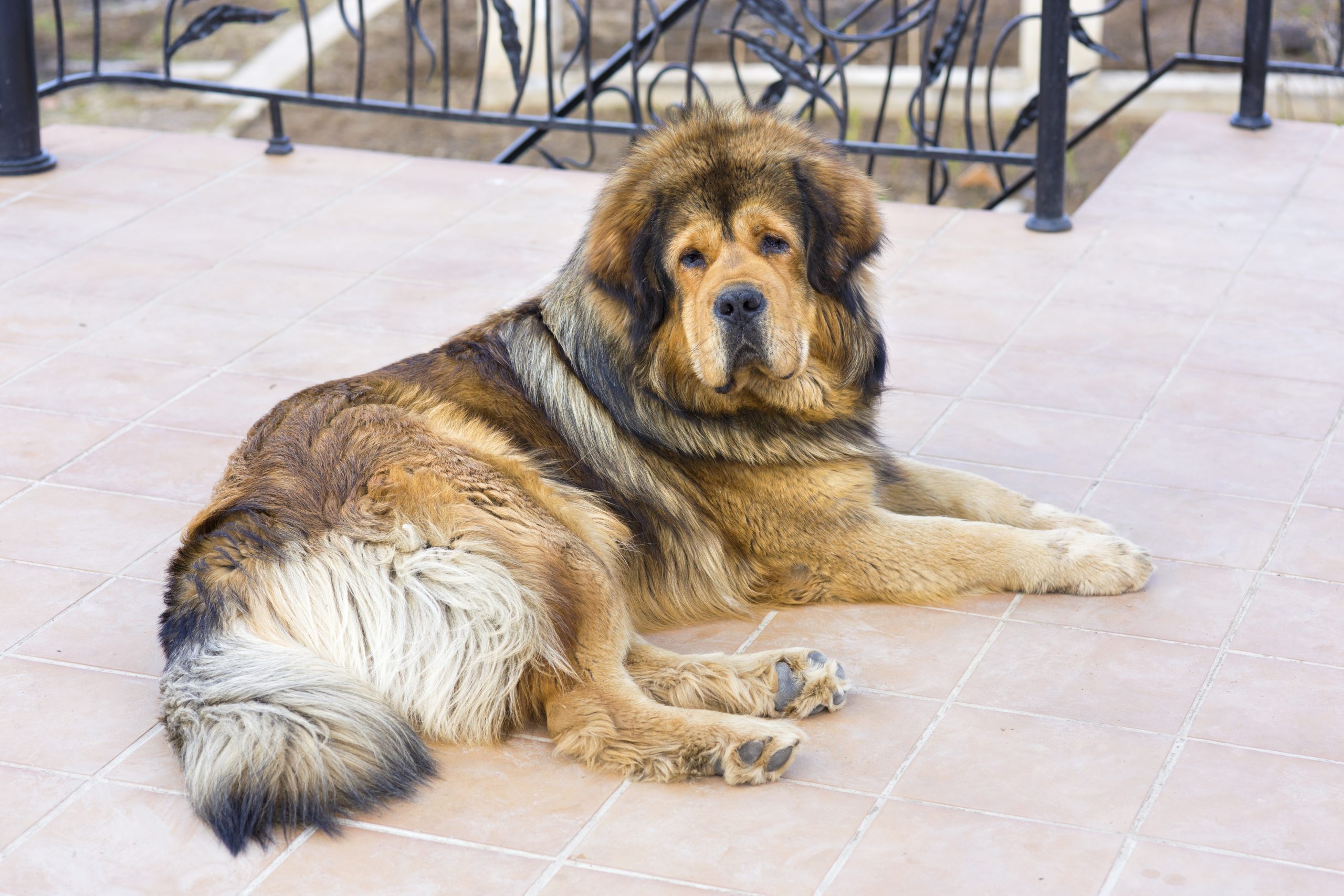
9. Xoloitzcuintli
The Xoloitzcuintli, or Xolo, is another hairless breed of dog, native to Mexico. Known for its sleek body and almost hairless skin, the Xolo has been revered in ancient Mesoamerican civilizations as a sacred creature believed to guide the deceased through the underworld. Despite its profound cultural significance and ancient lineage, the Xolo remains rare outside of Mexico.
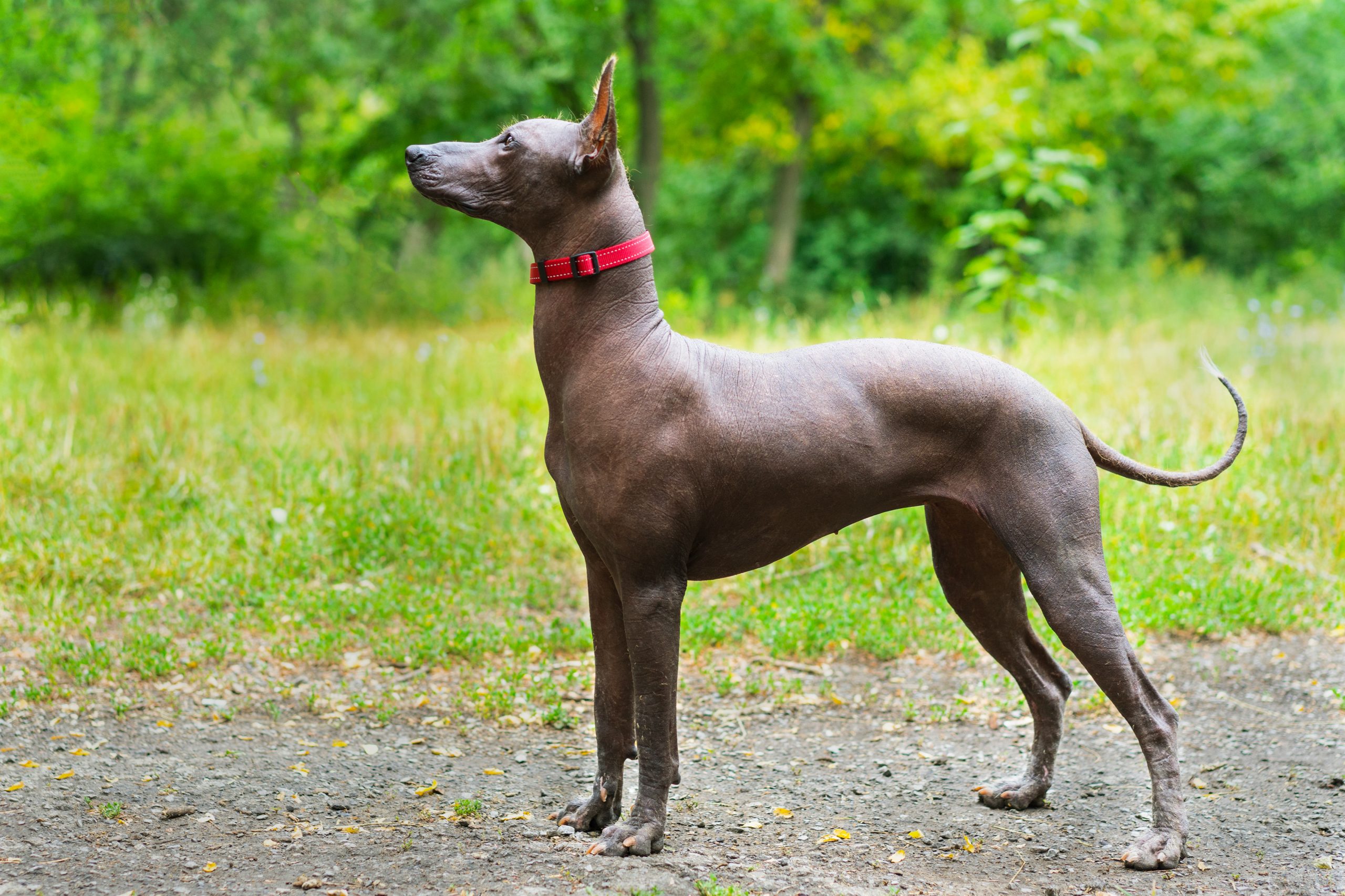
10. Karelian Bear Dog
The Karelian Bear Dog is native to Finland and used primarily for bear and moose hunting. It is highly prized in its homeland for its hunting skills but remains virtually unknown elsewhere. This breed’s need for wide, open spaces and its intense hunting instincts make it unsuitable for urban environments, contributing to its rarity outside of Scandinavia.
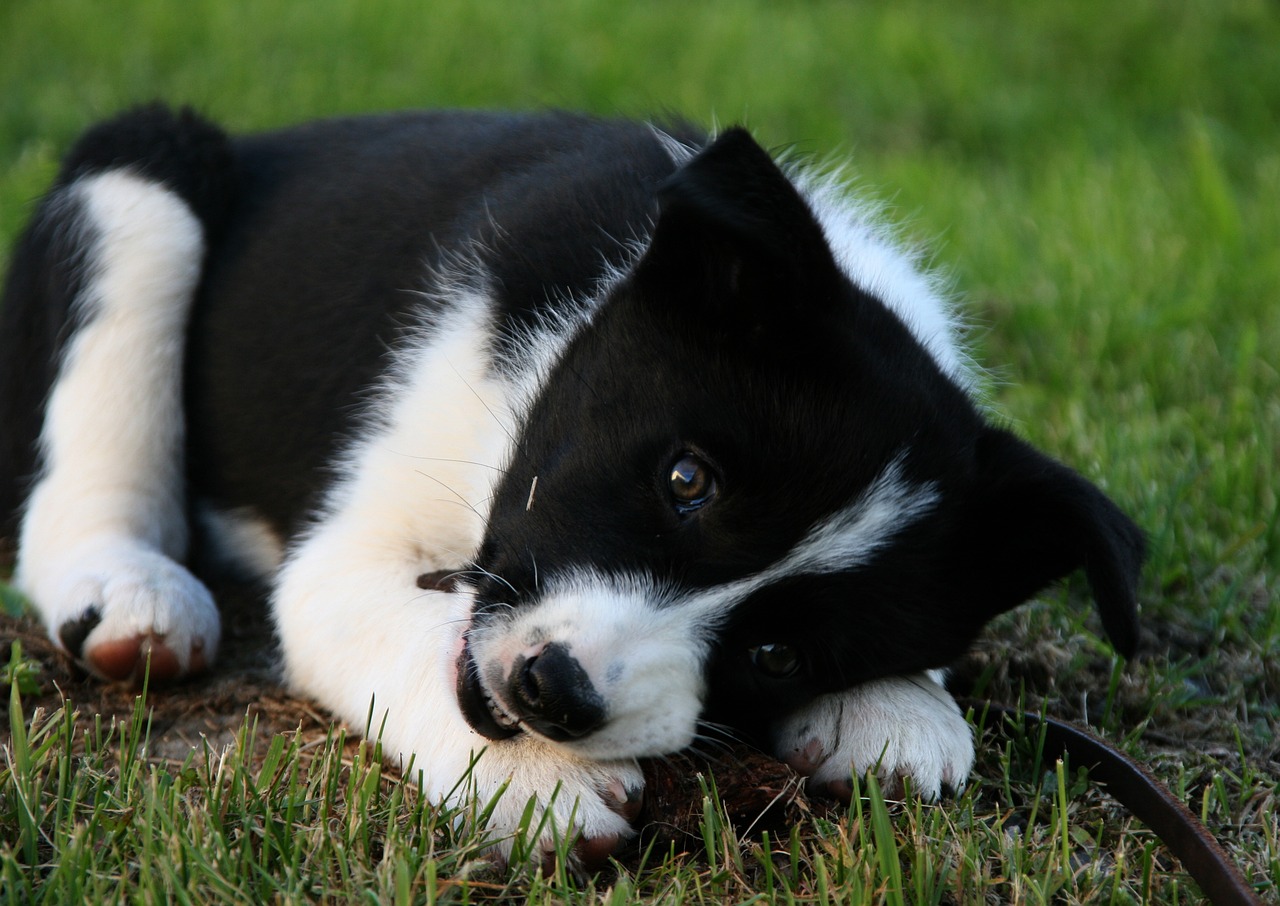
11. Thai Ridgeback
The Thai Ridgeback is a rare breed from Thailand, known for the distinctive ridge on its back. It was primarily used for hunting in the Eastern provinces of Thailand. The breed is still rare outside of Thailand due to its relatively recent recognition by major kennel clubs and the lack of breeding programs outside its native country.
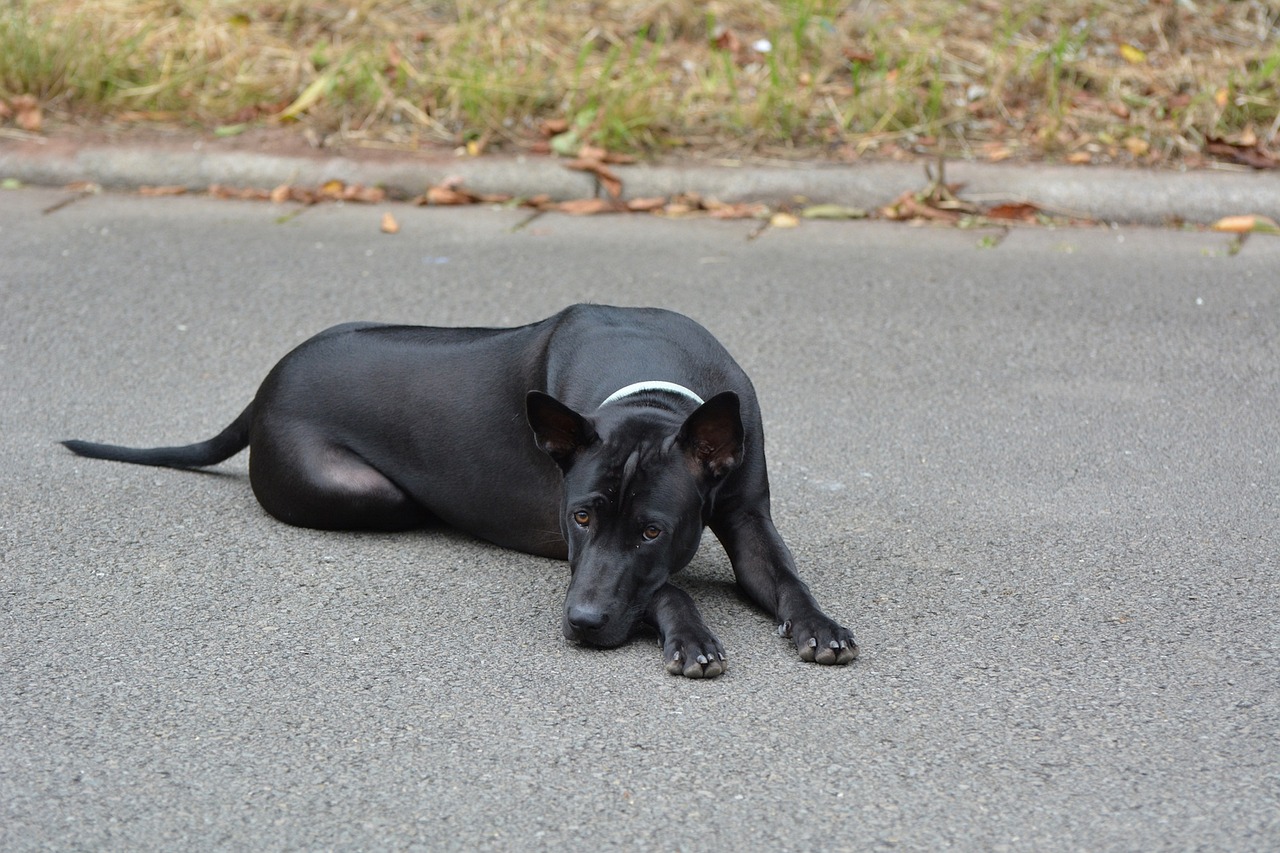
12. Mudi
The Mudi is a versatile herding dog from Hungary, known for its ability to perform multiple tasks, including herding, guarding, and ratting. Its all-around utility, coupled with its spirited personality and medium size, makes it a great farm dog but it remains virtually unknown outside of Hungary. The breed’s specialized roles and lack of international exposure contribute to its rarity.
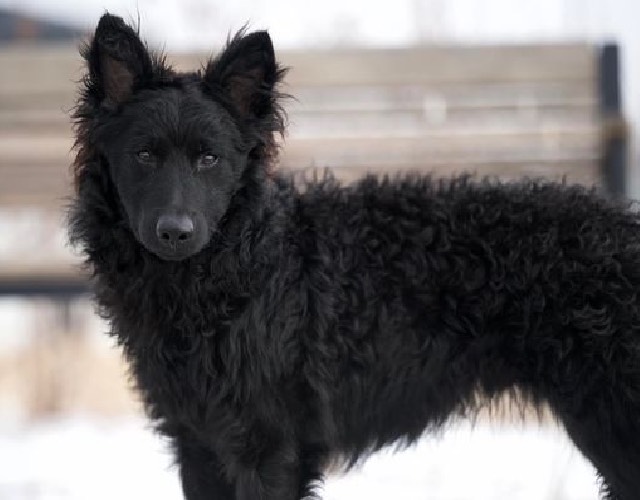
These twelve rare dog breeds each have unique characteristics and fascinating histories that make them stand out in the canine world. Their rarity often stems from geographical isolation, specialized breeding, or historical circumstances that limit their breeding populations. For enthusiasts and potential dog owners interested in these breeds, acquiring and caring for one can be a unique challenge that requires a commitment to preserving their heritage and meeting their specific care needs.
 Toledo, United States.
Toledo, United States.